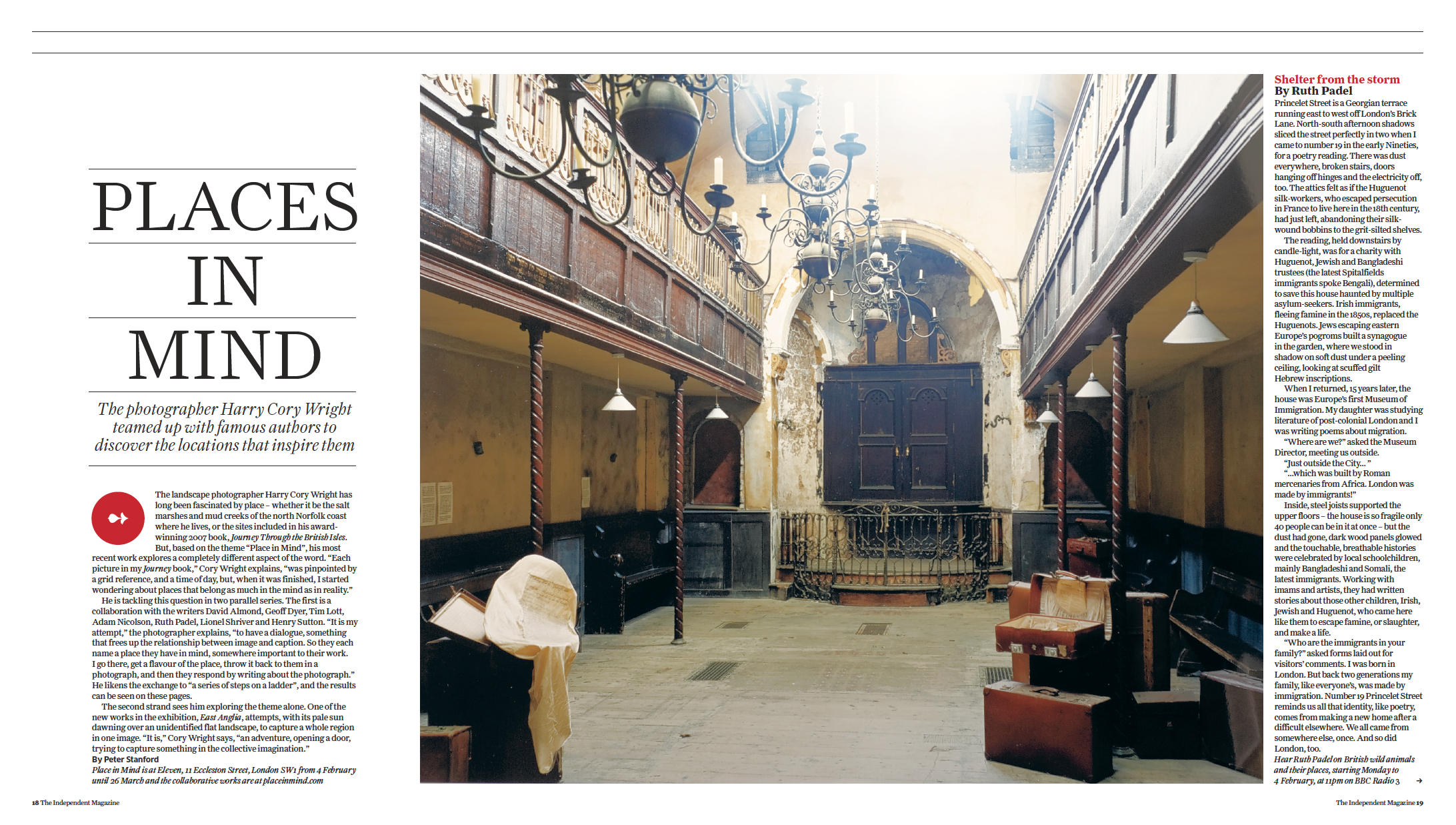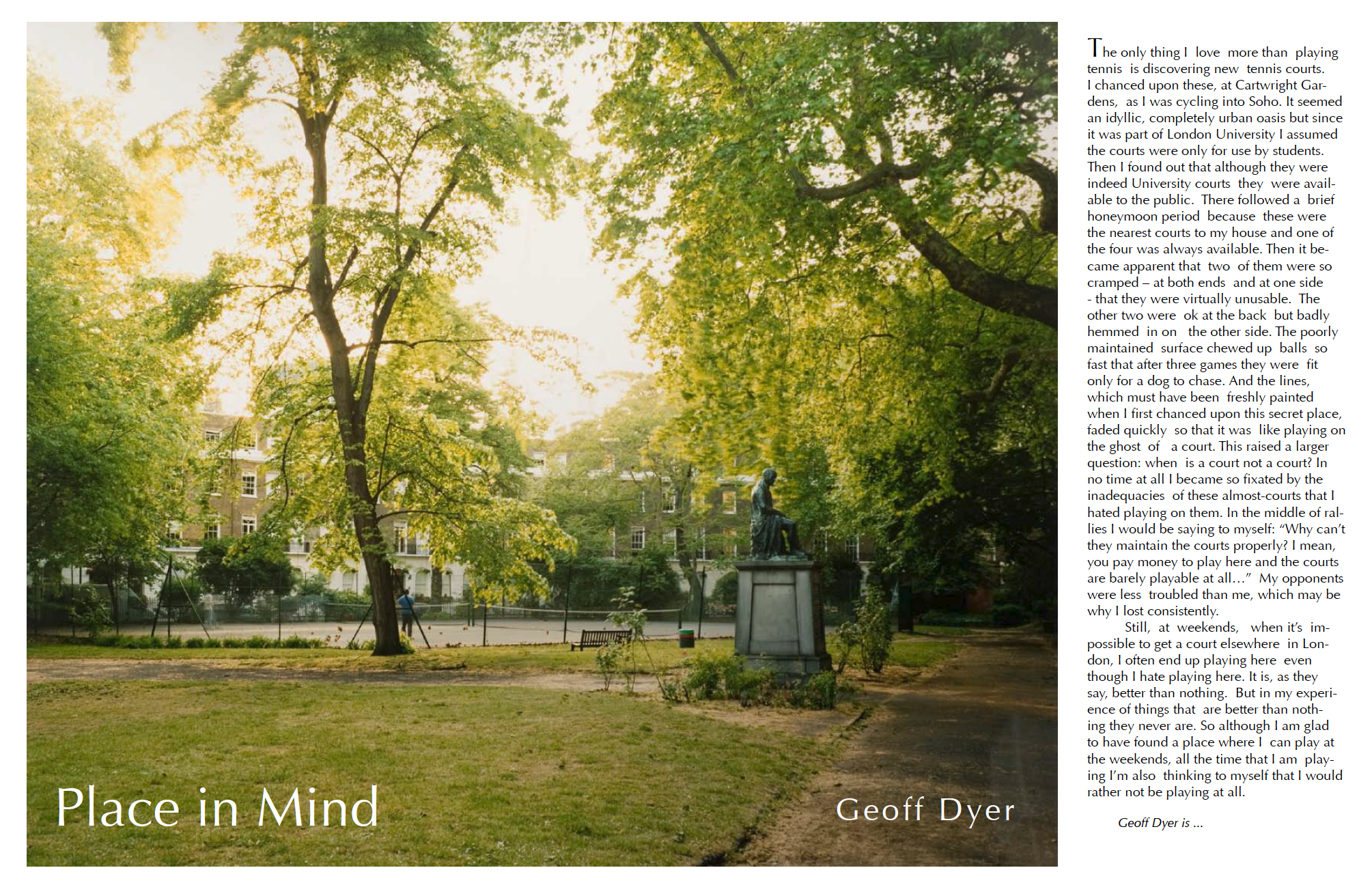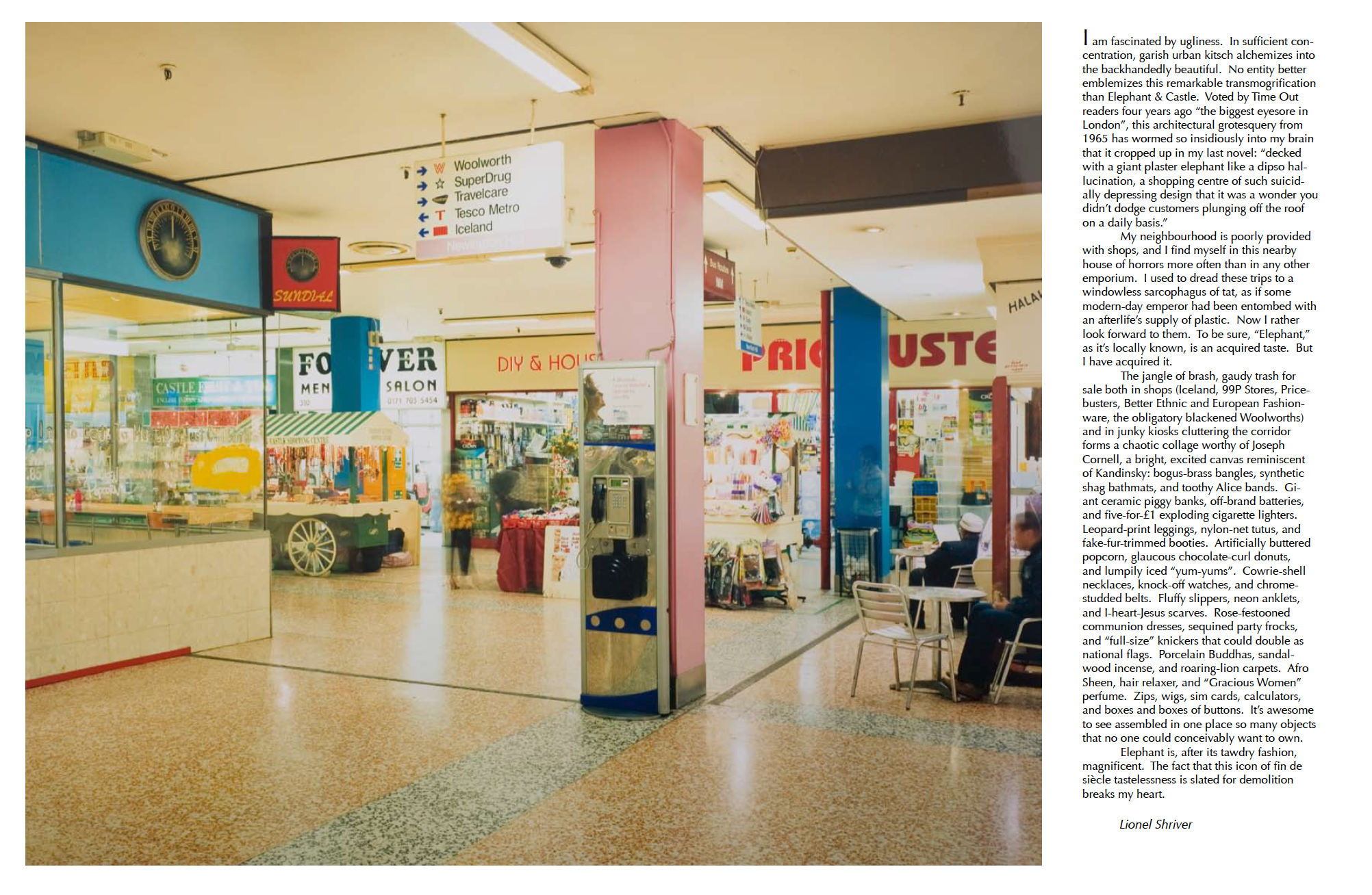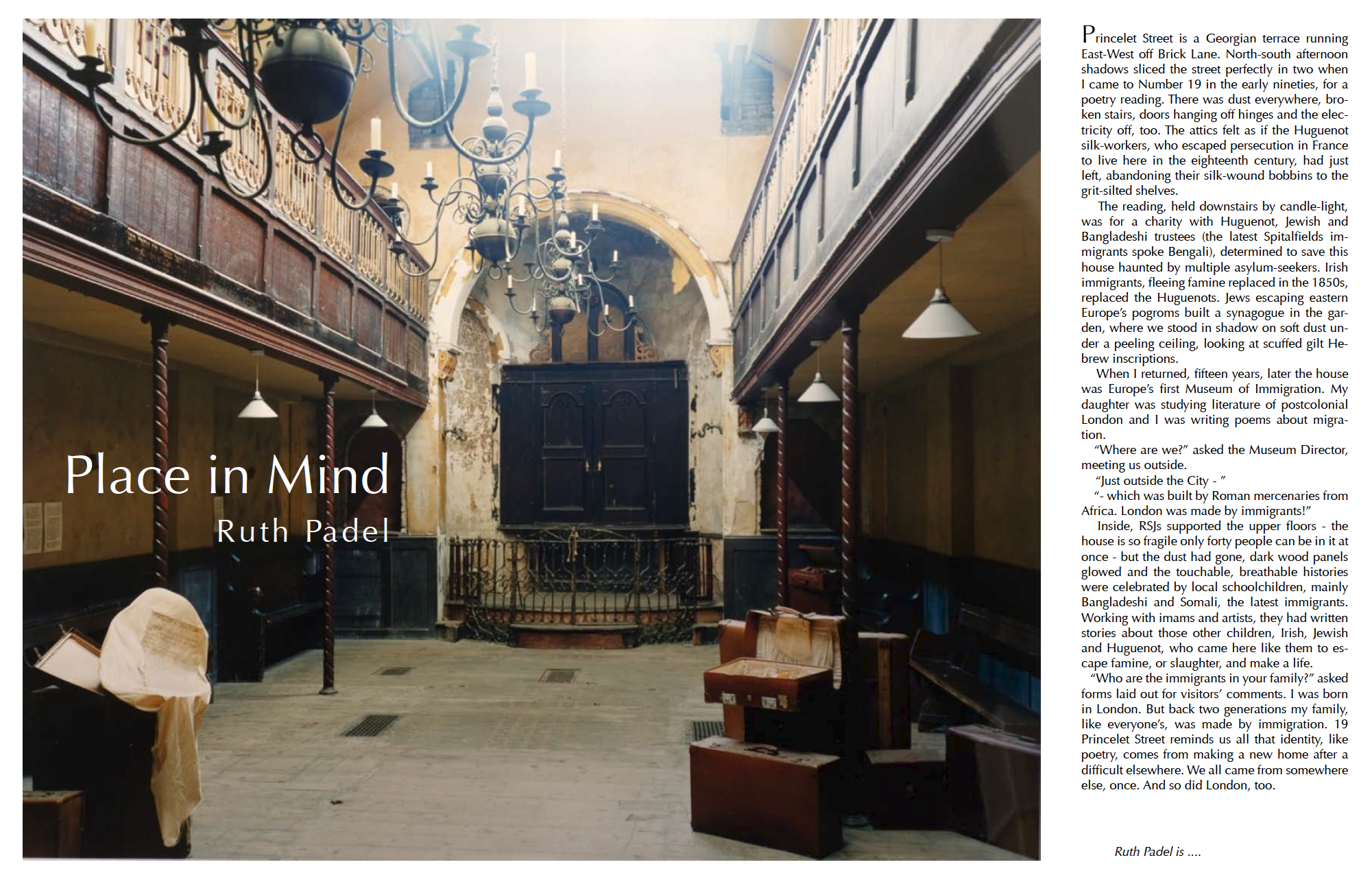


Place in Mind
Article from The Independent Magazine
by Peter Stanford
The landscape photographer Harry Cory Wright has
long been fascinated by place – whether it be the saltmarshes and mud creeks of the north Norfolk coast where he lives, or the sites included in his awardwinning 2007 book, Journey Through the British Isles.
But, based on the theme “Place in Mind”, his most
recent work explores a completely different aspect of the word. “Each picture in the Journey book,” Cory Wright explains, “was pinpointed by a grid reference, and a time of day, but, when it was finished, I started wondering about places that belong as much in the mind as in reality.”
He is tackling this question in two parallel series. The first is a collaboration with the writers David Almond, Geoff Dyer, Tim Lott, Adam Nicolson, Ruth Padel, Lionel Shriver and Henry Sutton. “It is my
attempt,” the photographer explains, “to have a dialogue, something that frees up the relationship between image and caption. So they each name a place they have in mind, somewhere important to their work
I go there, get a flavour of the place, throw it back to them in a photograph, and then they respond by writing about the photograph.”
He likens the exchange to “a series of steps on a ladder”, and the results can be seen on these pages. The second strand sees him exploring the theme alone. One of the new works in the exhibition, East Anglia, attempts, with its pale sun
dawning over an unidentified flat landscape, to capture a whole region in one image. “It is,” Cory Wright says, “an adventure, opening a door,
trying to capture something in the collective imagination.”
By Peter Stanford. The Independent Magazine.







Shelter from the storm
By Ruth Padel
Princelet Street is a Georgian terrace running east to west off London’s Brick Lane. North-south afternoon shadows sliced the street perfectly in two when I came to number 19 in the early Nineties, for a poetry reading. There was dust everywhere, broken stairs, doors hanging off hinges and the electricity off, too. The attics felt as if the Huguenot silk-workers, who escaped persecution in France to live here in the 18th century, had just left, abandoning their silkwound bobbins to the grit-silted shelves.
The reading, held downstairs by candle-light, was for a charity with Huguenot, Jewish and Bangladeshi trustees (the latest Spitalfields
immigrants spoke Bengali), determined to save this house haunted by multiple asylum-seekers. Irish immigrants, fleeing famine in the 1850s, replaced the Huguenots. Jews escaping eastern Europe’s pogroms built a synagogue in the garden, where we stood in shadow on soft dust under a peeling ceiling, looking at scuffed gilt Hebrew inscriptions.
When I returned, 15 years later, the house was Europe’s first Museum of
Immigration. My daughter was studying literature of post-colonial London and I was writing poems about migration. “Where are we?” asked the Museum Director, meeting us outside. “Just outside the City… ” “…which was built by Roman mercenaries from Africa. London was made by immigrants!” Inside, steel joists supported the upper floors – the house is so fragile only 40 people can be in it at once – but the dust had gone, dark wood panels glowed and the touchable, breathable histories were celebrated by local schoolchildren, mainly Bangladeshi and Somali, the
latest immigrants. Working with imams and artists, they had written
stories about those other children, Irish, Jewish and Huguenot, who came here like them to escape famine, or slaughter, and make a life. “Who are the immigrants in your family?” asked forms laid out for visitors’ comments. I was born in London. But back two generations my family, like everyone’s, was made by immigration. Number 19 Princelet Street reminds us all that identity, like poetry, comes from making a new home after a
difficult elsewhere.
We all came from somewhere else, once. And so did London, too.